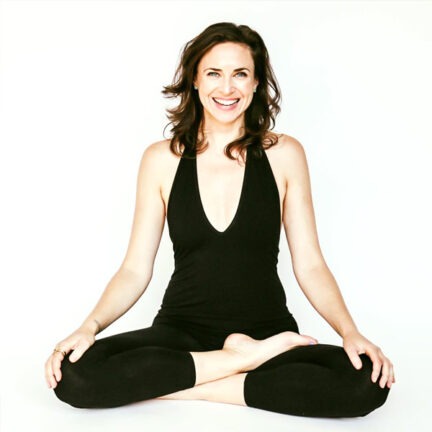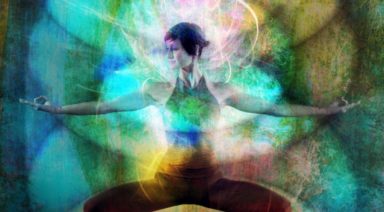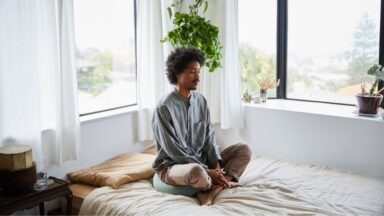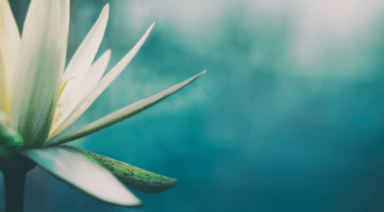Ayurveda – Understanding Your Constitution

Ayurveda literally means the knowledge of life. It is the worlds oldest holistic healing system still in use today. The ancient principles of Ayurveda originated in India more than 5000 years ago. They have been passed down as a sacred oral tradition and within the Vedas- the oldest scriptures known to humankind. The essence and practices of Ayurveda have no borders or boundaries. It is an art and science for all who wish to return to a state of internal and external harmony.
Prakruti and Vikruti
Each individual has a prakruti or inborn constitution, a unique composition of the three doshas. One’s current state is known as the vikruti or imbalance stemming from deviation from our innate nature. Once we establish our prakruti and vikruti, we can use the wisdom of Ayurveda to consciously make choices regarding food, lifestyle, yoga, exercise, career path, environment and every other aspect of our life to maintain balance, and therefore have the energy to fulfill our highest potential.
How to Establish Your Constitution
Go through the following dosha checklist twice. To establish your prakruti (essential nature/ constitution from conception), initially check the boxes that relate to your long-term tendencies or the way that things have been most of your life. The 2nd time through, check the boxes that relate to your vikruti (current state). The checklist is merely a guide- its accuracy is determined by the objectiveness of the individual. It is best to see an Ayurvedic Consultant or Practitioner to get a clear and accurate assessment of both your prakruti and vikruti.
Ayurvedic Cleansing Tips for Radiant Health

Cleansing twice a year during the seasonal changes of Spring and Fall is highly recommended in helping you to reduce the presence of toxic buildup in your body and mind while allowing you to build a stronger power of digestion and immunity. In Ayurveda the term for the toxins that build up in the system is Ama, while the power of digestion is called Agni. Below are some tips on how to build your Agni and reduce your Ama so that you can enjoy radiant health and wellness all year long.
What is Agni?
Agni is the Sanskrit word for the digestive fire that stimulates the breakdown of nutrients that we take into our bodies and it is considered the cornerstone of good health. In general when we speak about Agni we are speaking of the digestive capabilities of the body and specifically the Agni that is situated in the lower stomach and small intestines (Jathara Agni), but actually there are 13 different Agni’s that govern all metabolic functions and it can be said that all processes involving heat, light, transformation and conversion relate to Agni.
So a strong and healthy Agni allows for the absorption, assimilation, metabolism, and digestion of nutrients from food but also allows for proper sense perception, cellular metabolism and mental assimilation. In short a healthy Agni affects both body and mind, which means that when we are cleansing we would be wise to become conscious of all that we take in to our bodies and minds through both our diet and our environment.





































